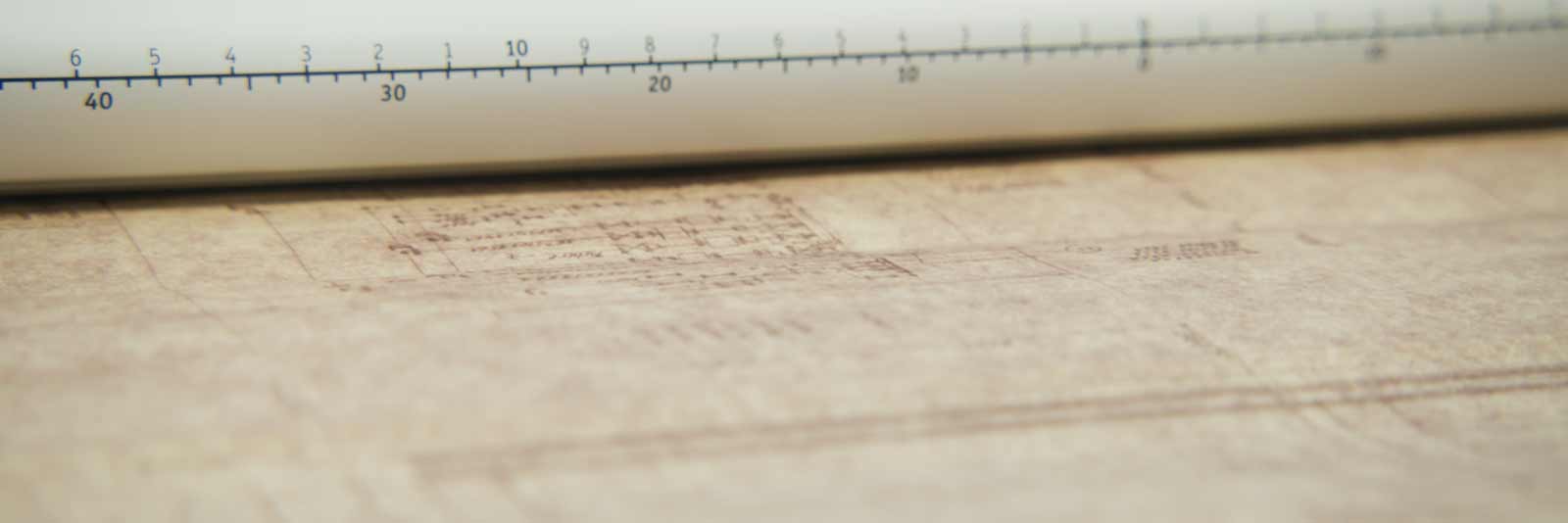Technical documentation: its tasks, requirements & components
Technical documentation is a link between a manufacturer’s product and the user. Read more about its tasks in our article.

Important information for safe handling and legal protection
Technical documentation contains information for the manufacturer and the machine operator and is prepared according to strictly defined guidelines. It therefore forms an important link between manufacturer and user and is used in the overall area of industrial products. At the same time, it serves as a liability safeguard in the event of an accident or damage. Technical documentation must fulfil various requirements. It contains clear instructions on the commissioning, operation, maintenance and cleaning of a system, right through to its disposal. At the same time, it has the task of informing about hazards and risks and specifying protective measures and safety rules. In addition to the external technical documentation for the operator, there is also the in-house technical documentation, which remains with the manufacturer. Both contain different components. You can find out more about this at the Menger Group.

Tasks of technical documentation: informing, legally safeguarding and more
Tasks of technical documentation: informing, legally safeguarding and more Technical documentation serves on the one hand as information products for the users of a machine or system. They include all documents that are created in the course of a product’s life – development plans, protocols, operating manuals and instructions. In addition to product descriptions, they provide instructions for the maintenance, use, cleaning, repair and disposal of a machine or plant. A second important task of technical documentation is to protect the manufacturer from liability. This is because you may only place a system on the market if the technical documentation is complete and you make it available to the operator together with the product.
This is to guarantee that the system is not put into operation until the responsible persons are informed about hazards and necessary safety measures. If a technical documentation is faulty, incomplete or perhaps not available at all, you as the manufacturer are liable for it. The benefits of professional documentation go beyond this: customer complaints, warranty and goodwill payments can be reduced, user training and product use are facilitated. This improves your workflow decisively and has a high savings potential for your company.
Requirements for technical documentation: structure, language and standards
Various laws and regulations provide manufacturers of technical equipment with certain mandatory guidelines. According to the Product Liability Act (ProdHaftG) and the German Civil Code (BGB), the manufacturer is liable in the event of damage if the technical documentation is defective. Moreover, documentation is subject to various norms and standards, for example EN 82079, VDI 4500 or EN 61355, the latter of which regulates the labelling and classification of documents for plants, systems and equipment. The structure of technical documentation also follows clear guidelines.
Especially in the case of user information, you are bound by high requirements. Information mapping and function design are two common structuring methods. With the former, you prepare the information in maps (illustrations) and blocks. This creates the smallest possible “information morsels” that can be easily grasped by the user. Another supporting tool for the creation, management and use of technical documentation are editing systems. Here, for example, you can emphasise commands and prohibitions by using defined colours. Last but not least, the language used in technical documentation is also subject to clear requirements: Pay attention to comprehensibility, unambiguity, consistency and translatability.
The terminology in an editorial guide can support you in creating it. The editorial guide is considered the “code of practice” for technical editing. It usually contains the following contents:
- Definition of the documentation structure
- Document types with internal structure
- Standard structures and structure patterns
- Procedure model for defining contents
- Target group and purpose description
- Content templates and patterns
- Task and knowledge analysis, normative specifications
- Definitions for document design
- Design rules
- Patterns for document types and graphics
- Definition of graphic style
- Description of editorial organisation
- Internal organisation
- Embedding in the corporate organisation
- Description of editorial processes
- Research
- Creation and translation
- Production and quality assurance
- Work tools for the editorial team
- Describe the application of the systems and tools used
- Work instructions for editors on how to use the editorial software
Internal or external use - the components of technical documentation
According to the VDI 4500 standard, a distinction is made in technical documentation between internal and external technical documentation. The internal technical documentation contains all technical information about machines and plants – starting from product planning, development and market launch to product monitoring and finally decommissioning. This information is internal to the company, i.e. it remains with the manufacturer. Typical components of internal documentation include: technical drawings, circuit diagrams, calculation and production documents, performance specifications, test reports and proof of quality assurance. The internal technical documentation is usually created by the manufacturer’s development and design department. It ensures that machines and systems are manufactured in a quality-conscious, environmentally aware and economical manner.
For the operator and user, the external technical documentation is decisive. This must comply with certain country-specific standards and guidelines. The classic components of external technical documentation include operating instructions, assembly instructions, user manuals, safety data sheets and warnings. The preparation of external documentation is usually done by the technical writer in your company.
An instruction manual, which is considered the standard of all technical documentation, should fulfil the following quality criteria:
- address a defined target group
- have a clear structure so that the user can find his way around quickly and easily
- have a clear layout that does not contain “text clutter” and has many descriptive graphics and pictures
- contain easily recognisable safety instructions
- contain clear instructions for action in the correct order
- use short, comprehensible sentences without filler words
- use consistent terms